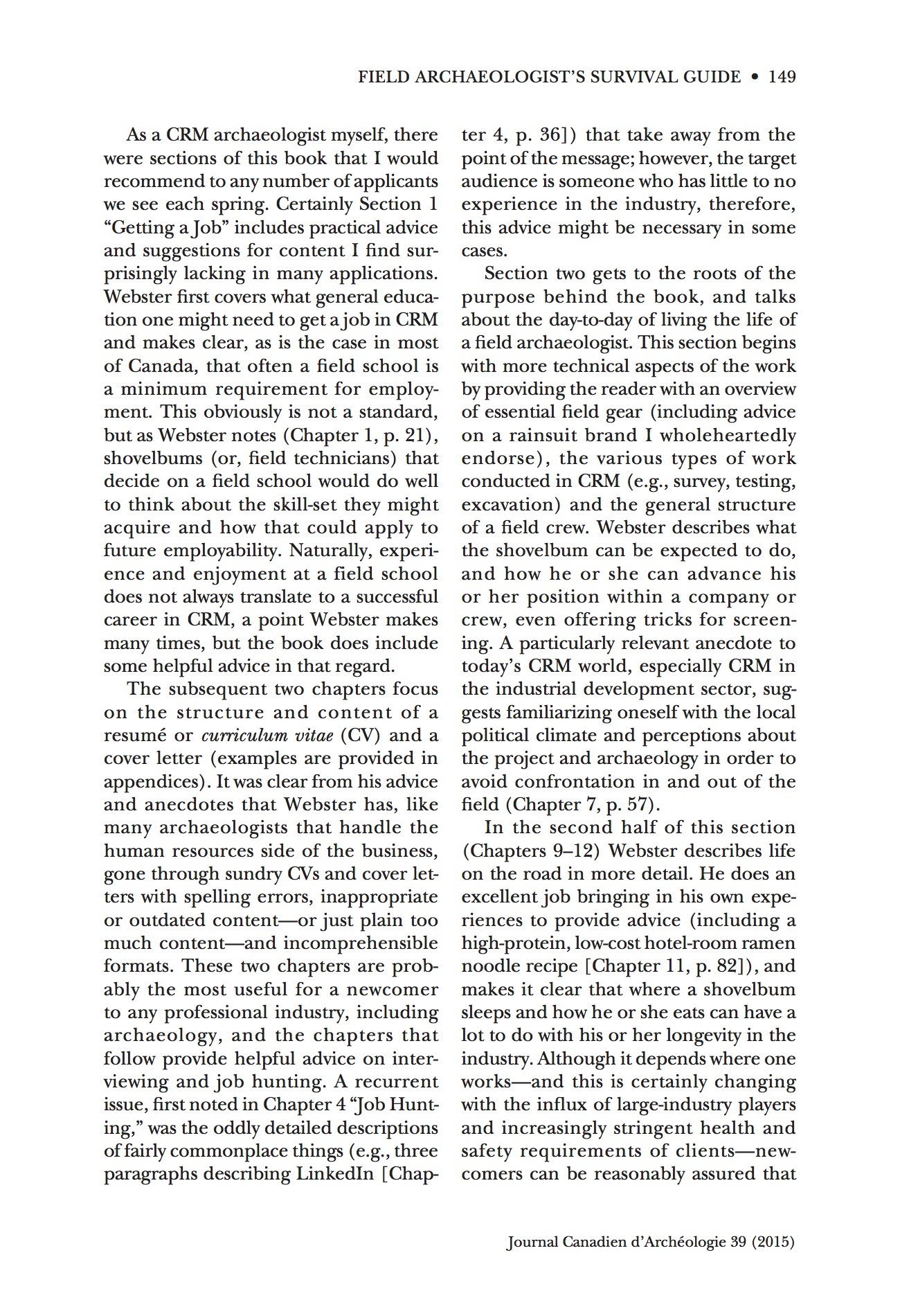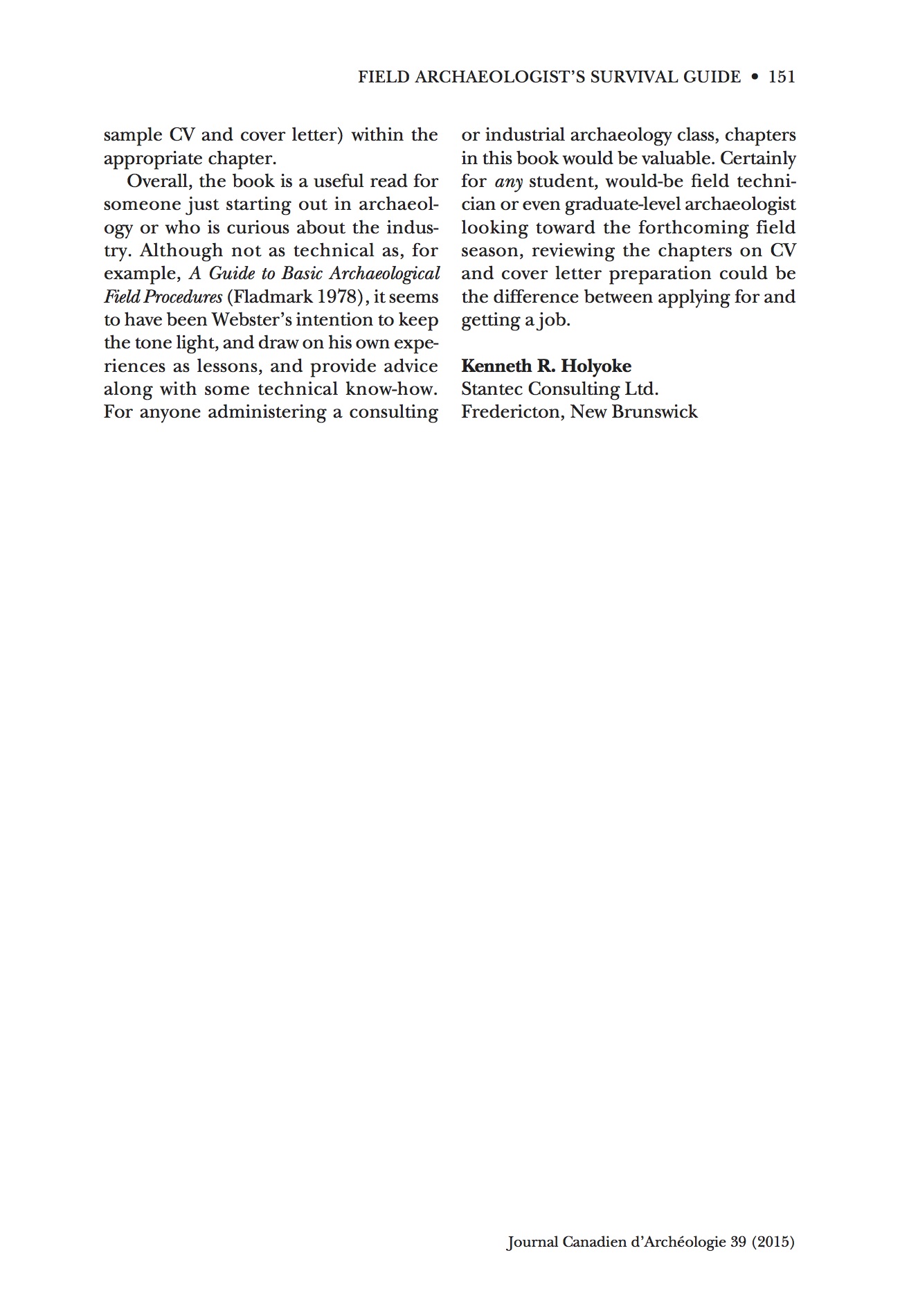DIGTECH has been busy. In the last two years, DIGTECH did half a million dollars in business, employed 10 different people, started the Archaeology Podcast Network, started Professional Certifications for Scientists, and entered into a consulting relationship to design and develop Codifi CRM. Yes, busy indeed.
As DIGTECH's founder, and currently sole employee, I've always been primarily interested in the quality of life for field technicians and along the way make significant improvements in the field. DIGTECH has had a multi-pronged vision of the future that is starting to play out on a number of fronts. Like everything, though, I can't do it alone. If I had the money to hire the people to help me early on, I would have. In fact, if anyone knows a wealthy benefactor that want's to take a chance, but experience massive returns, let me know!
Before I go over the ways you can invest in yourself, consider this...There is a place in the Bitterroot Mountains where you can straddle the Missouri River. The Missouri River at over 2,400 miles long is the longest river in North America. And yet, at one place you can straddle the river. Right next to that stream is another stream. That stream ends in a pond not far away. By pour geological chance, the Missouri's origins trace through the right patterns of rock to continue unbroken for over 2,400 miles while this other stream ends in a pond.
Before you can invest in yourself, you have to decide what you want to be: The Massive Missouri, or the small stream that ends abruptly and without having much influence on it's surroundings. We all start from nothing - it's where we end up that defines us.
The Archaeology Podcast Network
Starting from near-Missouri River-like proportions in December of 2014, the APN has grown to over 20,000 monthly listeners, over 17 hours of monthly content, and 14 educational audio streams. All of our shows aim to teach you something related to archaeology. The APN staff and our hosts, one in the same on a more than a few shows, are passionate about not just archaeology but in telling people about archaeology. From Cultural Resource Management to pseudo-archaeology to archaeological anarchy, we want to teach you something, make you think, and start a conversation. Invest in yourself, listen to some podcasts, and join the conversation.
Professional Certifications for Scientists
So, shortly after I got into archaeology I started looking for a reference to learn from. I didn't need to know about features, artifacts, or excavation procedures. Don't get me wrong, I DID need to know those things but there are plenty of books and on-the-job training to get you through. There wasn't, however, a resource that could tell me how to screen dirt using a standing shaker screen; or how to trowel a floor in 5-cm levels; or how to live on the road without wanting to kill myself from depression. Because none of this existed I tried to write one.
I filled out an outline and wrote a sample chapter for the Rough Guide series. My vision was The Rough Guide to Shovelbums. Apparently Shovelbums are too rough even for them and the passed on the topic. I pretty much dropped it from that point. Didn't know what else to do. So, I continued to shovelbum across the southeast and northeast, learning from the best along the way.
A few years later I started to blog. Almost immediately I started the Shovelbums Guide Series. They were posts that I would have put in a book. Eventually I did: Field Archaeologist's Survival Guide: Getting a Job and Working in Cultural Resource Management (Left Coast Press 2014). It wasn't enough and the podcast network pretty much killed my blogging since everything I wanted to say was through those shows.
So, last year I started a 30,000 acre survey in Southern California. The people I had working for me were experienced and dedicated. I figured this was the perfect opportunity for collaboration on something like PCS. I was right.
With PCS we will raise the quality of life for all archaeologists and other field scientists across the board. We'll do it by providing training through short instructional videos and online tests. We'll provide certification for all levels of professionals and through that certification add more legitimacy to the field.
If you're reading this, head over to PCS and check out the videos. Watch them, learn from them, and invest in yourself.
Codifi
A few years ago, I believe at the SAAs in Hawaii, I attended a session where Dr. Michael Ashley presented a recording system called Codifi. The presentation represented one of the most promising systems for archaeological site recording that I'd seen to date. Unfortunately, I didn't know Michael and wouldn't know him for a while.
Along the way, I started using TapForms to record sites. I've had a lot of success with TapForms over the years. The system does have it's problems, though. I have no control over the software, for one, so I have to work within it's limitations. Fortunately, I was introduced to Michael a short time after.
Following a couple years of following each other's progress, Michael and I started to realize that our futures and goals were aligned. I knew that Codifi was a better system than TapForms and Michael new that Codifi was capable of so much. We eventually started working together and now, Codifi CRM is taking shape.
Codifi CRM isn't just a recording software either - it's a system and a philosophy. With Codifi, you won't have to buy a tablet - we'll provide it. With Codifi, you won't have to deal with databases or coding - we'll do it. With Codifi, you won't have to do anything but focus on archaeology - we'll do the rest.
Yes, DIGTECH has been busy and I don't plan on giving up any time soon.
#INVESTINYOURSELF
Thanks for reading and I'll see you in the field!!











